In today’s fast-paced world, convenience often trumps cost. We grab the precut fruit, toss a few single-serve snacks into the cart, and reach for bottled coffee without thinking twice. After all, who has time to prep everything from scratch, right? But here’s the truth: those time-saving grocery items might be draining your bank account far more than you realize.
While the extra dollars seem small in the moment, they quickly add up week after week. Grocery stores are masters of packaging convenience—and pricing it at a premium. The result? You’re often paying double, sometimes triple, for things you could easily do yourself at home with a few extra minutes. And it’s not just about saving money either—many of these quick-grab items are less fresh, packed with additives, or leave behind more waste.
Frugal shoppers know the secret to stretching a grocery budget isn’t about giving up quality—it’s about shopping smart. That means spotting the overpriced traps and choosing affordable, equally effective alternatives. Whether it’s that bag of pre-shredded cheese or a trendy smoothie promising “superfood” benefits, these items lure you in with convenience and leave your wallet lighter.
If you’re trying to cut costs without sacrificing your favorite foods, it’s time to rethink what’s actually worth the splurge. Below, we break down 10 of the most overpriced grocery items that seem helpful—but ultimately hurt your budget. Once you see how easy it is to replace them with smarter options, you may never go back. Your time is valuable—but so is your money. Here’s how to keep both in balance.
1. Precut Fruits and Vegetables
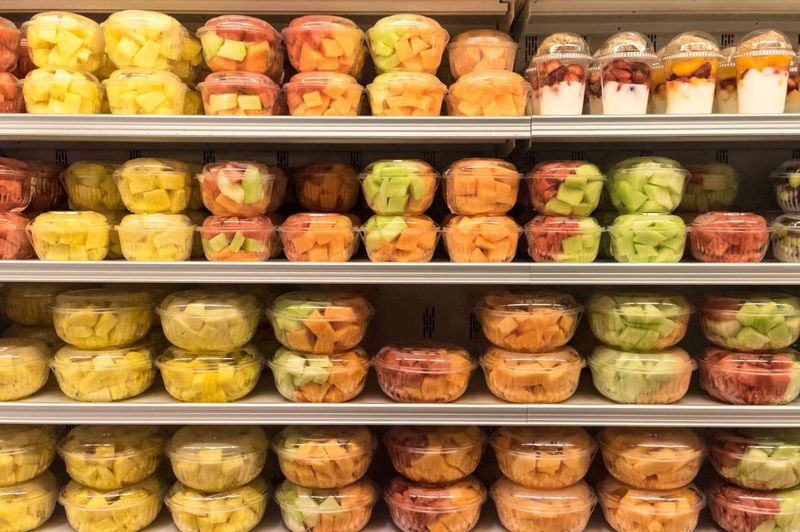
That container of pineapple chunks might save you five minutes, but it’ll cost you nearly triple the price of a whole pineapple. A typical precut fruit container costs $4-6, while the whole fruit might be just $2-3.
The markup isn’t just for fruits. Chopped onions, sliced peppers, and spiralized zucchini all carry a 40-100% price increase. Plus, these precut items spoil faster since they’ve already been exposed to air and bacteria.
For a family of four, switching to whole produce could save $520 annually. Invest in a good knife and cutting board instead—your budget will thank you!
2. Name-Brand Spices
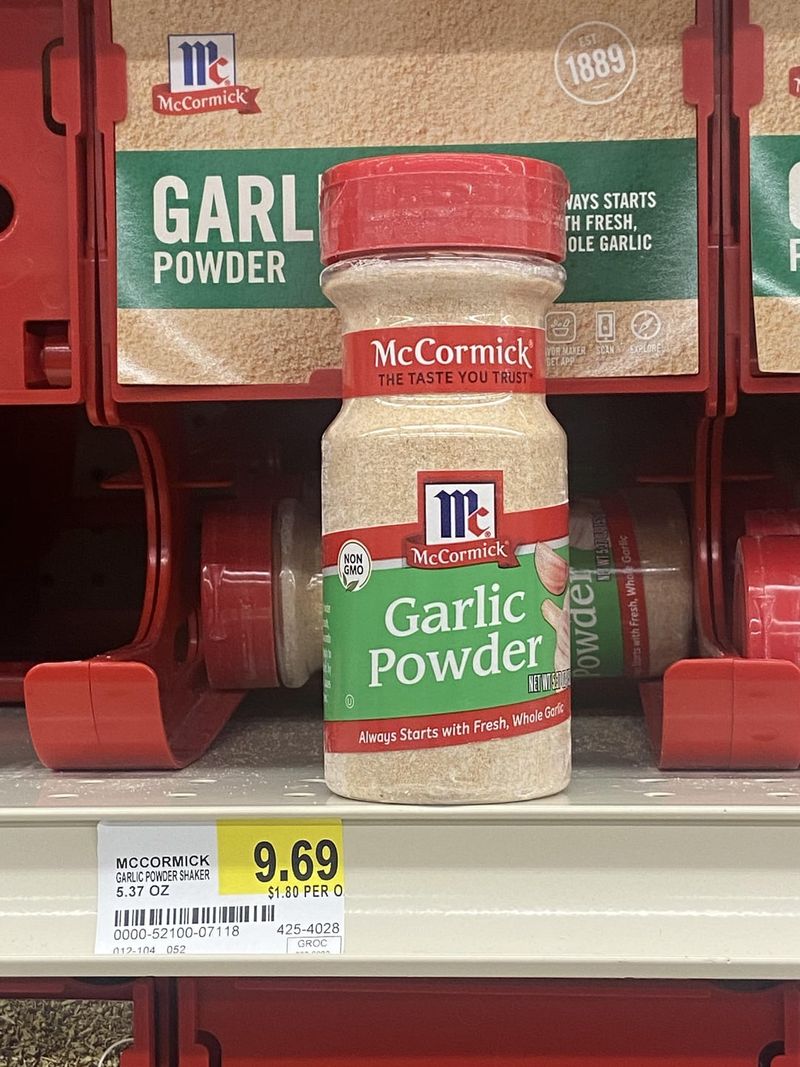
McCormick’s small jar of cinnamon might catch your eye with its familiar logo, but you’re paying primarily for that recognizable label. Store-brand alternatives typically cost 30-50% less while containing virtually identical spices.
Even more dramatic savings await in the bulk section. Those little bins where you can scoop your own spices often sell the exact same product for one-third the price of bottled versions.
Spices don’t actually expire (they just lose potency), so buying quality spices in larger quantities from international markets or bulk stores represents one of the smartest kitchen investments you can make.
3. Single-Serve Snack Packs
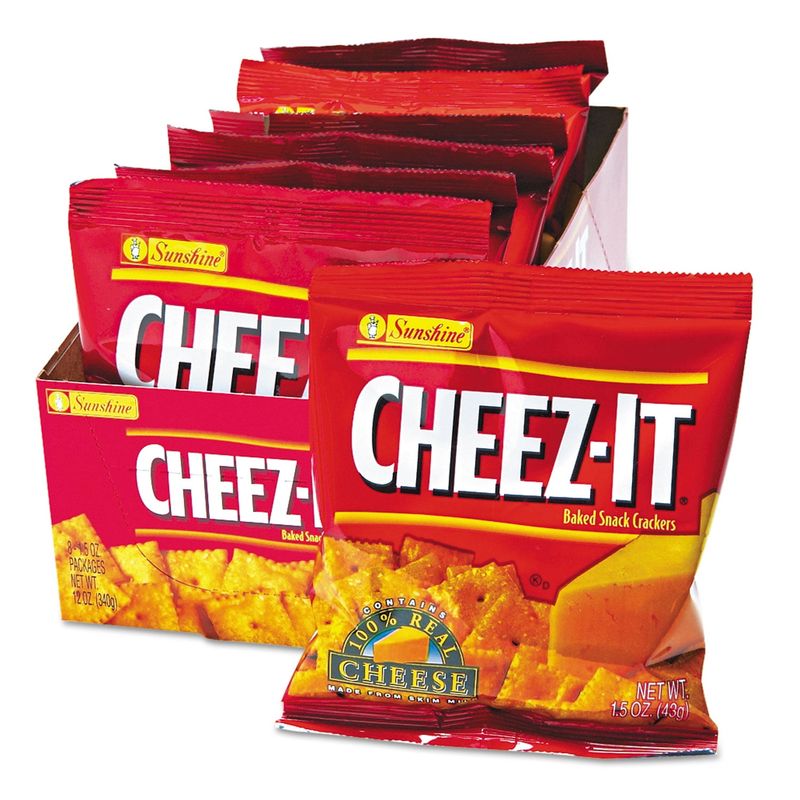
Those cute little bags of pretzels and crackers might seem perfect for lunchboxes, but they’re a budget-buster in disguise. Single-serve packages typically cost 30-50% more per ounce than their full-size counterparts.
A box of individually packaged chips averaging $5 might contain just 10 ounces of actual food. Meanwhile, a regular-sized bag offering 16 ounces often costs the same price or less.
Reusable containers and five minutes of prep time can transform this budget drain into savings. Buy in bulk and portion snacks yourself—you’ll cut down on packaging waste while keeping an extra $300 annually in your pocket.
4. Refrigerated Coffee Drinks
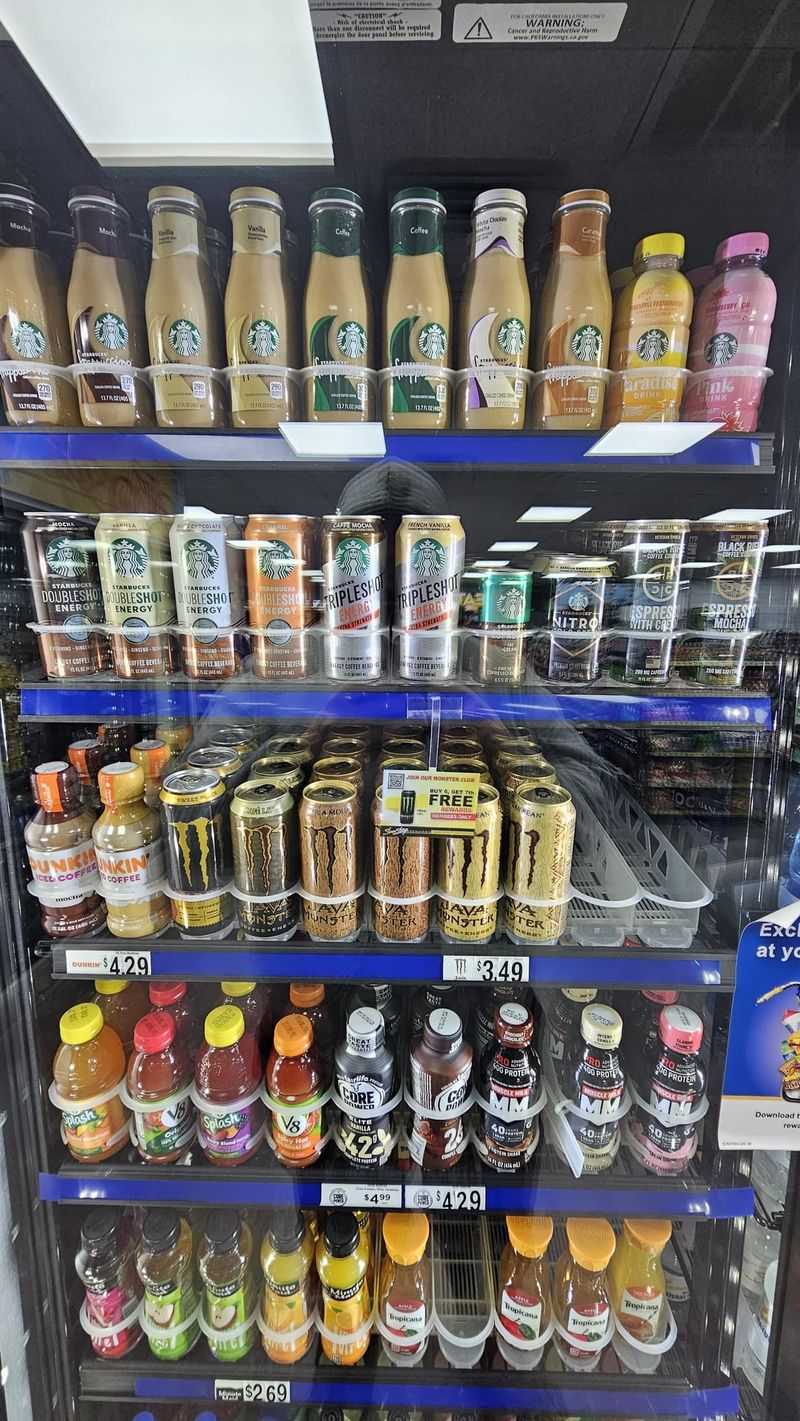
Grabbing that bottled mocha frappuccino might feel like a treat, but it’s secretly one of the biggest markup items in the store. A single-serve coffee drink averaging $3-5 contains ingredients worth pennies.
Making the same drink at home costs roughly 30-50 cents, meaning you’re paying up to 900% more for the convenience! Even premium coffee beans and fancy creamers at home won’t approach store-bought prices.
For someone who enjoys these drinks three times weekly, brewing at home instead could save over $600 annually. Consider investing in a good thermos and preparing your coffee before leaving home—your wallet will notice the difference immediately.
5. Ready-to-Drink Smoothies
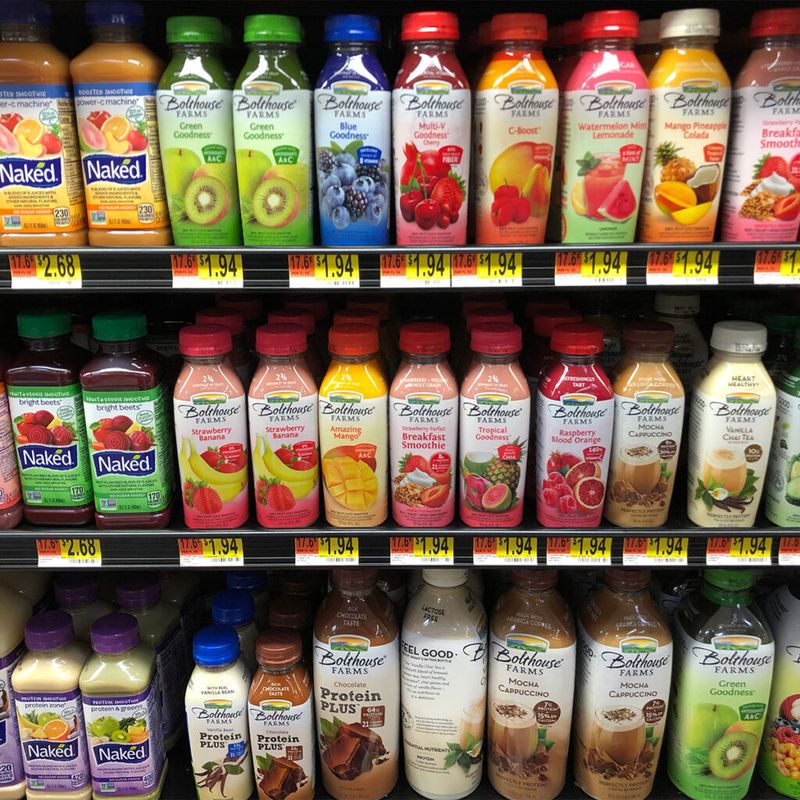
Colorful bottles promising nutrition and convenience come with a hidden cost that might make you reconsider. A typical 16oz premade smoothie costs $4-8, while the fresh ingredients to make the same amount at home would cost roughly $1-2.
Many store-bought versions also contain added sugars, preservatives, and fewer nutrients than their homemade counterparts. The pasteurization process destroys many vitamins that make smoothies healthy in the first place.
Buying a $30 blender and making smoothies at home could save a regular smoothie drinker over $700 annually. Freeze fruit when it’s on sale to make the process even more economical!
6. Mini Cheese and Meat Platters
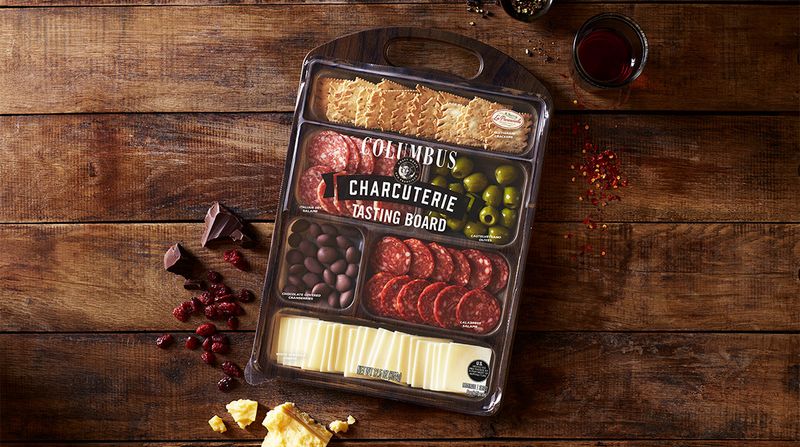
Fancy little charcuterie packs with tiny portions of cheese and meat slices might seem perfect for a quick snack, but they come with a shocking markup.
These convenient packages often cost $8-12 for what amounts to just a few ounces of food. Buying the same cheeses and meats from the deli counter could save you 60-70% immediately. The packaging and presentation are what you’re really paying for, not the food itself.
Creating your own grazing board at home isn’t just cheaper—it’s customizable to your exact preferences. Regular entertainers could save hundreds annually by purchasing quality ingredients in standard sizes rather than these miniaturized markup machines.
7. Tiny Packages of Trendy Superfoods
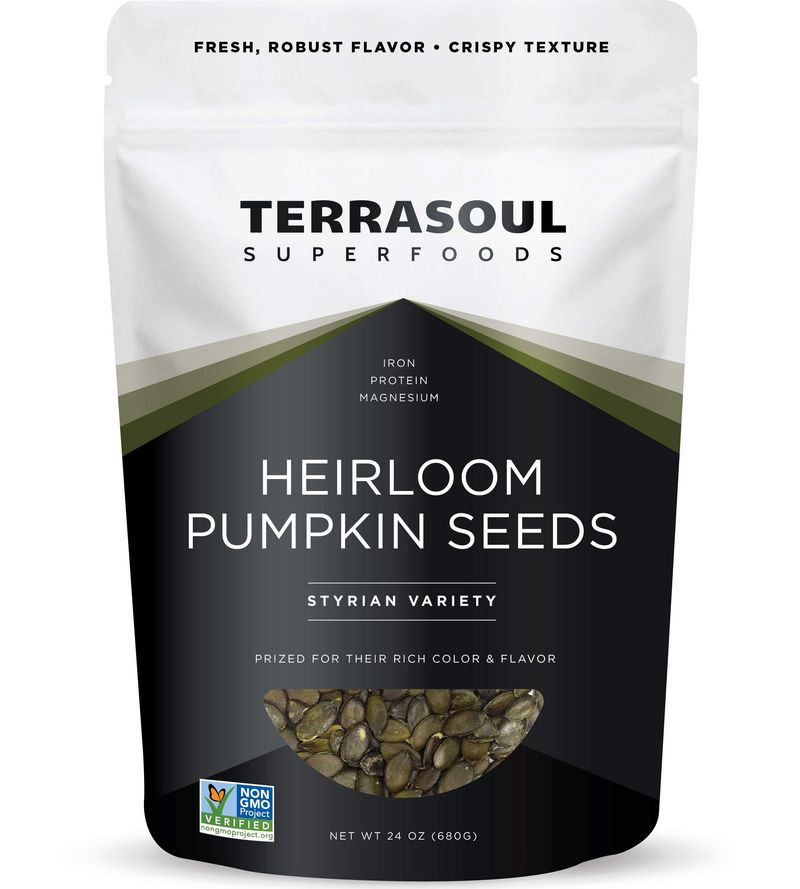
Acai, chia seeds, and goji berries might boost your health, but those tiny packages are destroying your financial wellness. A small 4oz bag of trendy superfoods often costs $7-10 in grocery stores, creating the illusion these foods must be expensive.
The same superfoods purchased online or from bulk retailers typically cost 50-70% less per ounce. Grocery stores capitalize on health trends by packaging these items in small quantities with premium pricing.
Smart shoppers buy these items in larger quantities from online retailers or health food stores with bulk bins. The savings are substantial—a regular superfood user could easily save $200+ annually by avoiding those cute but costly little packages.
8. Bagged Salad Kits
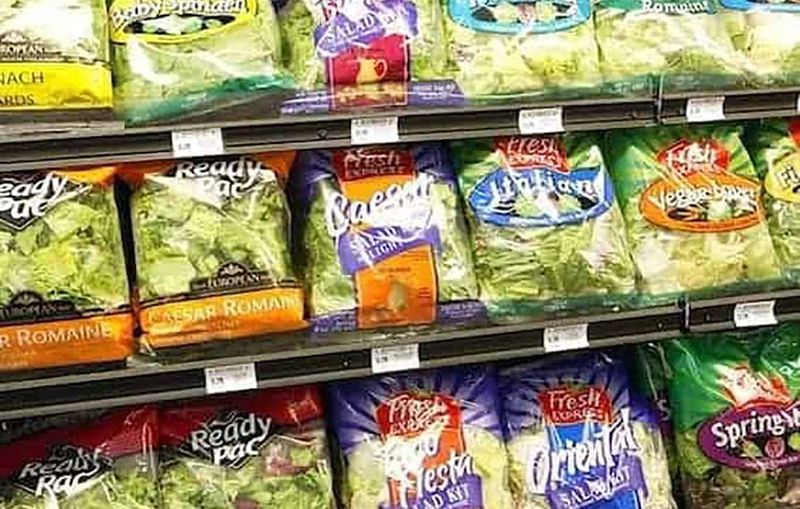
Grabbing that Caesar salad kit seems like a healthy shortcut, but it’s actually a prime example of paying for air and packaging. Most kits cost $4-7 but contain barely enough vegetables for two small servings.
The individual components—lettuce, dressing, and toppings—would cost roughly half as much if purchased separately. Plus, pre-washed greens often spoil faster, leading to food waste on top of the price premium.
Building your own salad station at home with fresh ingredients creates better-tasting meals while saving a typical household over $400 annually. Bonus: you can control the amount of dressing and avoid the excessive sodium found in most pre-packaged salad kits.
9. Cases of Bottled Water
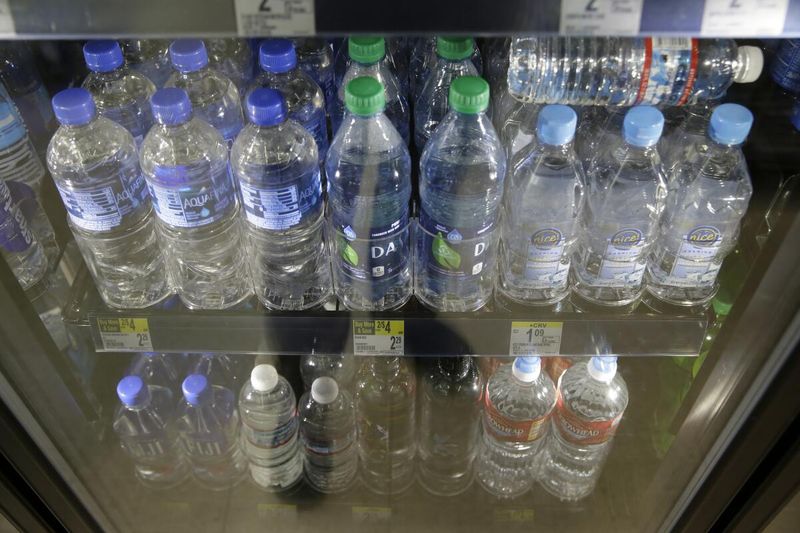
Americans spend billions yearly on what’s essentially free from their taps. A 24-pack of bottled water costs around $4-6, which seems reasonable until you realize tap water costs about $0.002 per gallon.
The markup is staggering—bottled water costs 300-2000 times more than tap water! Even accounting for a $30 filter pitcher, the math heavily favors tap water. A family drinking the recommended amount of water could save $300-500 annually by switching.
Beyond the financial impact, consider the environmental cost: Americans use 50 billion plastic water bottles annually, with most ending in landfills. A quality reusable bottle pays for itself within days while keeping plastic out of oceans.
10. Pre-Shredded Cheese
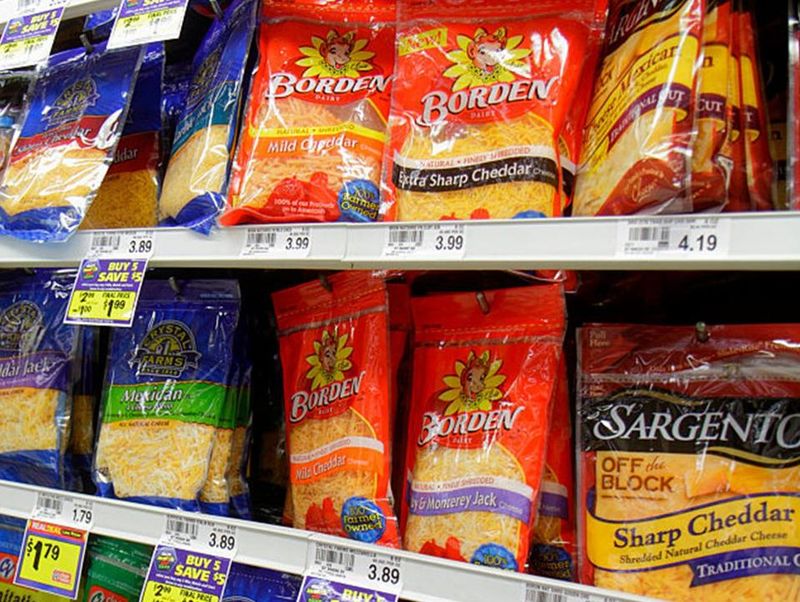
The convenience of opening a bag of shredded cheddar comes with hidden costs beyond the 30-50% price premium. Manufacturers add cellulose (wood pulp) and anti-caking agents to prevent clumping, which affects both texture and meltability.
An 8oz bag of shredded cheese typically costs $3-5, while the same amount of block cheese runs $2-3. The pre-shredded version also spoils faster due to increased surface area exposed to air.
Grating your own cheese takes seconds with a good grater and yields a creamier, better-melting result for nachos and casseroles. A cheese-loving household could save $100+ annually while enjoying superior flavor—that’s a win-win for your budget and your taste buds!
Leave a comment